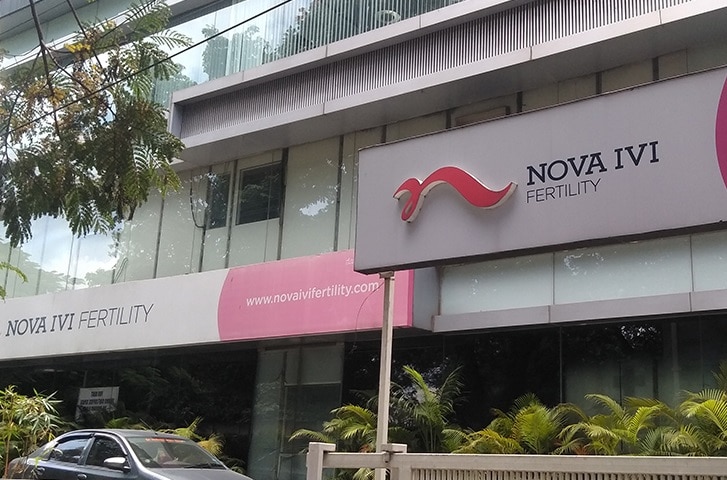

If you’re quoted below $12,000, it might mean that the base fee covers less than what’s listed above. Often, a clinic’s base fee for IVF will cover monitoring appointments, bloodwork, egg retrieval and follow-up care. More often, the total bill will fall somewhere between $15,000 and $20,000.


Depending on your needs, a single IVF cycle can cost $30,000 or more. There are parts of the IVF process-some required, some optional-that most clinics treat as add-ons to the base fee. This, however, doesn’t mean you’ll pay that figure and be done. If you’re pricing IVF at fertility clinics in the United States, expect to be quoted roughly $12,000 to $14,000 for one cycle. IVF is also an option for anyone exploring the use of donor sperm or eggs, and/or the employment of a gestational carrier or surrogate. Prospective parents may be good candidates for IVF if a doctor has diagnosed any of the following conditions: “Now, IVF is used for many factors, and success rates have dramatically improved with advancing technology.”

“When IVF was created in the 1980s, it was for women with tubal disease, where tubes were damaged or blocked and the sperm could not meet the egg,” says Courtney Marsh, M.D., associate professor and reproductive endocrinology and infertility division director at the University of Kansas Health System. Patients freeze embryos for many reasons, including for fertility preservation, to prevent ovarian hyperstimulation syndrome and/or to allow time for a genetics lab to test the embryos for possible gene defects. Embryos can also be frozen for later implantation, known as frozen embryo transfer (FET). This procedure is called fresh embryo transfer. The embryo transfer, the procedure in which a doctor implants an embryo (or, in some cases, multiple embryos) in the uterus, is another short, outpatient surgery that can be done as soon as three (but more often at least five) days after the embryos are made. A physician will then perform an outpatient surgery to retrieve the eggs, and an embryologist will inseminate the eggs with your partner’s sperm or donated sperm to create embryos. If you’re a person with female reproductive organs who opts to try IVF, typically you’ll inject synthetic hormones (gonadotropins) to stimulate your ovaries to produce multiple eggs. IVF, short for in vitro fertilization, is a common fertility treatment that involves implanting a fertilized egg into the uterus via a short, simple surgery. While we work hard to provide accurate and up-to-date information that we think you will find relevant, Forbes Health does not and cannot guarantee that any information provided is complete and makes no representations or warranties in connection thereto, nor to the accuracy or applicability thereof. The compensation we receive from advertisers does not influence the recommendations or advice our editorial team provides in our articles or otherwise impact any of the editorial content on Forbes Health. Second, we also include links to advertisers’ offers in some of our articles these “affiliate links” may generate income for our site when you click on them. This site does not include all companies or products available within the market. The compensation we receive for those placements affects how and where advertisers’ offers appear on the site. First, we provide paid placements to advertisers to present their offers. This compensation comes from two main sources.
#IVI FERTILITY COST FOR FREE#
To help support our reporting work, and to continue our ability to provide this content for free to our readers, we receive compensation from the companies that advertise on the Forbes Health site. The Forbes Health editorial team is independent and objective.


 0 kommentar(er)
0 kommentar(er)
